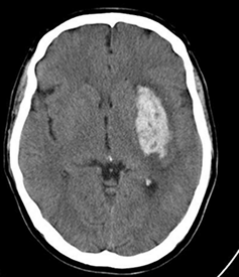Being in a busy hospital environment can be challenging for someone with aphasia. Background noise, interruptions and interacting with lots of different people can all have an impact.
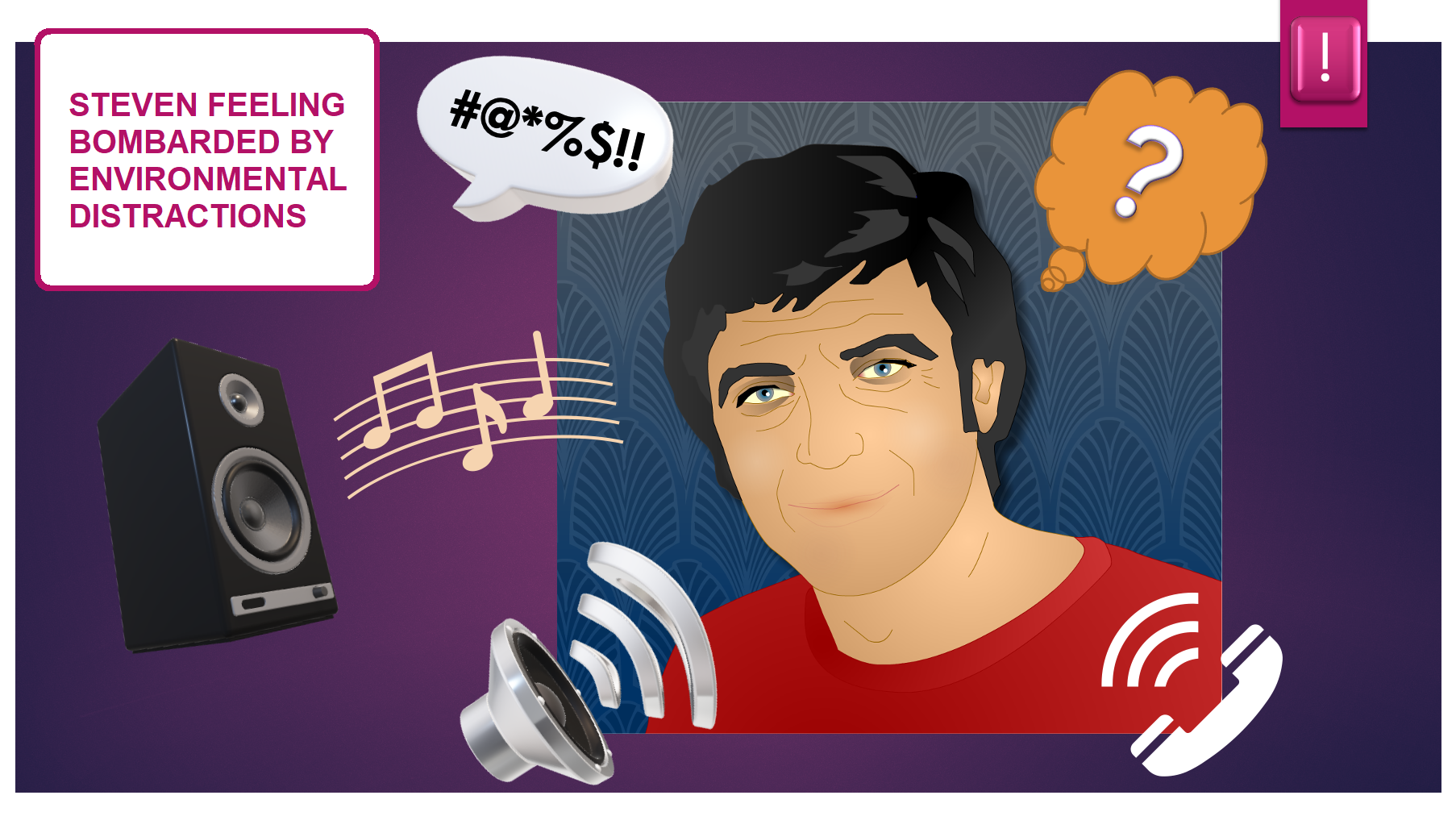
Now you know about Steven, which of the following activities might he find challenging?
Later that day, the Speech and Language Therapist (SLT) comes to the unit to assess Steven’s communication.
The SLT spends some time speaking to Steven and carrying out an assessment of his communication.
The SLT is able to determine that Steven has aphasia – which results from damage to the areas of the brain linked to language function, and can affect understanding of spoken and written language, as well as the ability to speak and write/ select letters on a keyboard to produce meaningful language.
The following is a summary of the key findings of the SLT assessment which summarise Steven’s current language abilities:
| SLT assessment findings |
| Type of difficulty |
Explanation |
| Understanding speech: |
Steven can understand spoken phrases and short sentences and finds it easier to understand if you speak slowly and use gesture to reinforce the key words. He is able to indicate if he has not understood with his facial expression. |
| Speech production: |
Steven doesn’t always say the words that he means to, and makes mistakes with his choice of word and/or the sounds in the words. He is aware of his errors and will try and repair these if he can, but sometimes he is unsuccessful which makes him quite frustrated. He finds the background noise on the ward makes this even more challenging and will often get his message across if he is given time and the environment is quiet. He has indicated that this is his biggest frustration at the moment, and would like to work with the SLT on this as a priority. |
| Reading comprehension: |
Steven is able to read short sentences but finds it difficult to read paragraphs. He can pick out key points from the headlines of newspapers and still enjoys getting a daily paper. He finds he can understand short text messages which are one or 2 phrases long. |
| Writing/texting/using keyboard: |
Steven rarely needs to write but he uses his mobile phone and a laptop to communicate with friends and fill in his data sheets for work. He can spell single words, but produces errors similar to his speech eg. errors with letter choice and wrong words at times. Steven has indicated that he is very keen to practice this as he likes to use his mobile phone to keep in touch with his friends and family. |
The SLT will update the MDT with the findings of the assessment and will also provide information to Steven’s family about aphasia and how best to support communication. The SLT assessment has also highlighted some goals for Steven and which aspects of his communication are the current priorities for him.
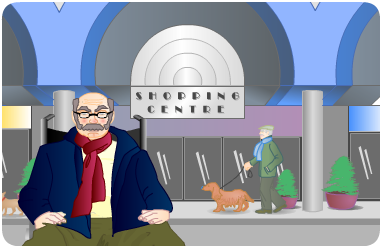
Outcome
Jimmy has recovered well but his pathway was more complicated than necessary. This put added pressure on the ambulance service, the thrombectomy hub and on Jimmy and his family.
Key messages
- Stroke is a medical emergency, Time is Brain – call 999
- Paramedics will identify possible stroke using the FAST test, assess potential eligibility for hyperacute treatment and pre-alert the hospital
- On arrival at hospital, patients should have an immediate assessment to confirm the diagnosis, assess eligibility for hyperacute treatment and a brain scan
- An early brain scan is crucial to decision making but don’t waste the time waiting for the CT scan
- Review the scan immediately to make early decisions about treatment
- Patients with intracranial bleeding are not suitable for thrombolysis or thrombectomy
Stephen was assessed in A & E and received a CT scan which confirmed a left middle cerebral artery infarct. He is transferred to the stroke unit and his handover notes have mentioned that Steven’s communication has been affected by his stroke. The receiving nurse on the unit refers Steven for a speech and language therapy assessment.
Q. What else should happen whilst Jimmy and his wife are awaiting the CT scan? Select the crosses for more details.
For a comprehensive list of contraindications and cautions on Alteplase see:
For more detailed information regarding patient and family information see:
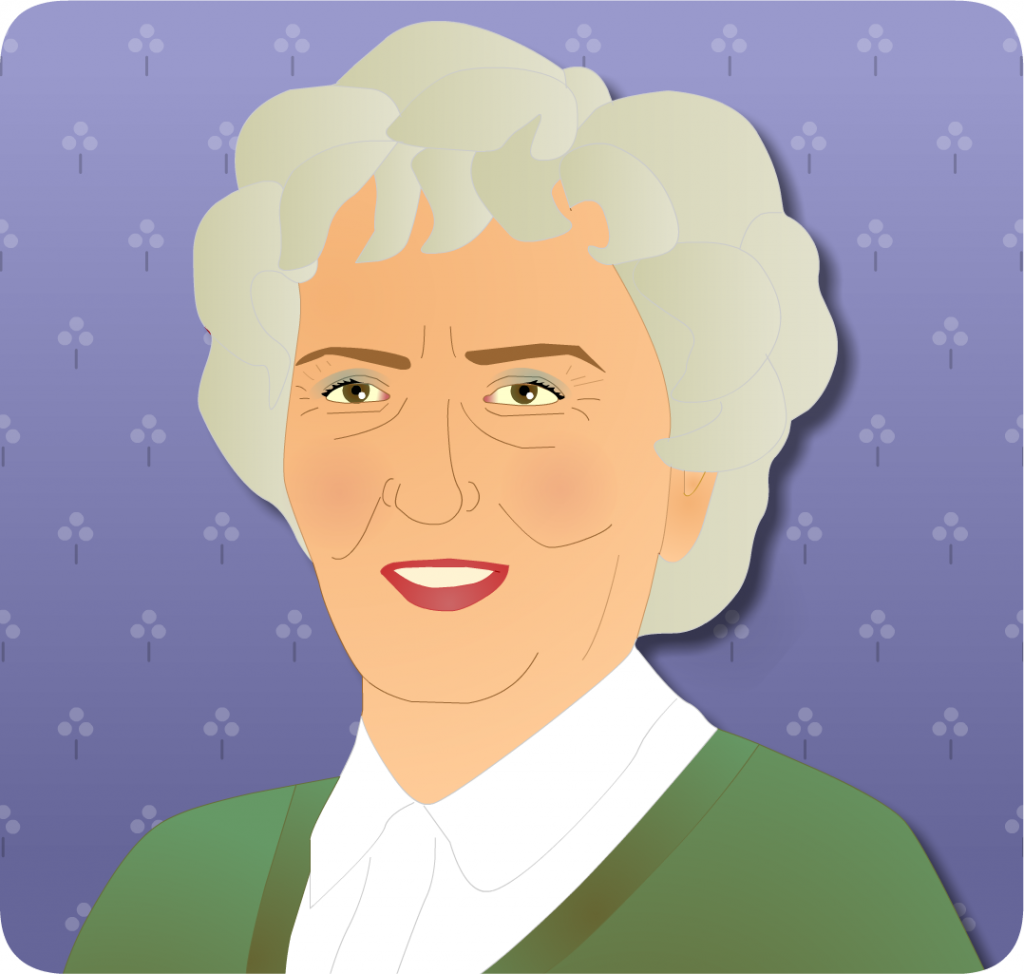

Deirdre is 76 years old and is a retired head teacher. She is very independent. She lives alone, is a keen bowls player and chairs her local bowls club.
Deirdre enjoys good health, values her appearance and is a social smoker.
She is very close to her daughter Brenda and her two young grandchildren Sophie Marie and Theo.

 Steven is a 46-year old taxi driver. He is married with two children, David who is 21 and Michael who is 16.
Steven is a 46-year old taxi driver. He is married with two children, David who is 21 and Michael who is 16.
At work one morning, Steven begins to feel unwell. He tries to phone his manager, but keeps saying the wrong words. His manager, having recently seen the FAST campaign, knows that a problem with speech is a key sign of stroke and phones for an ambulance. When the paramedics arrive they notice that Steven has a right sided weakness and difficulty communicating, and he is taken to the emergency department.
This module is split into 3 cases, each covering a different aspect of communication after stroke.

Steven: Supported communication in aphasia

Deirdre: Communication difficulties in right hemisphere stroke
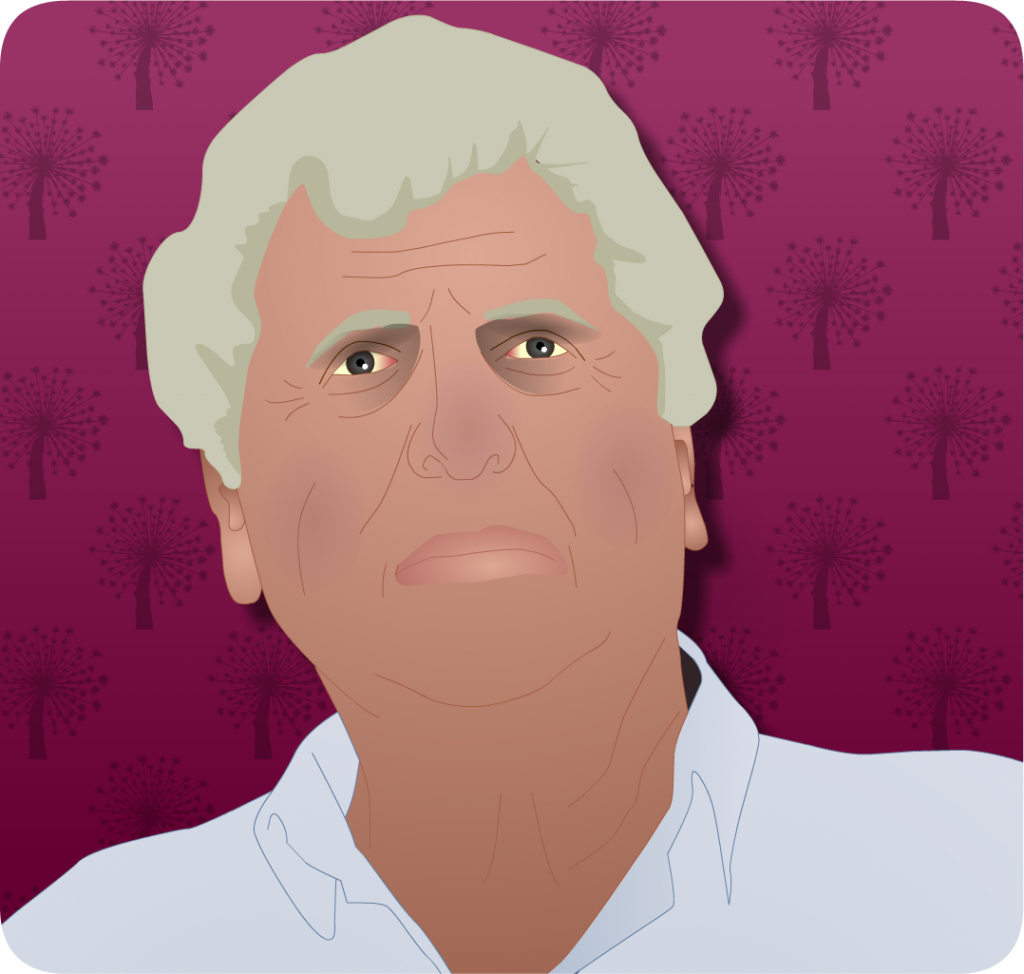
Thomasz: Everyday life with a communication difficulty


